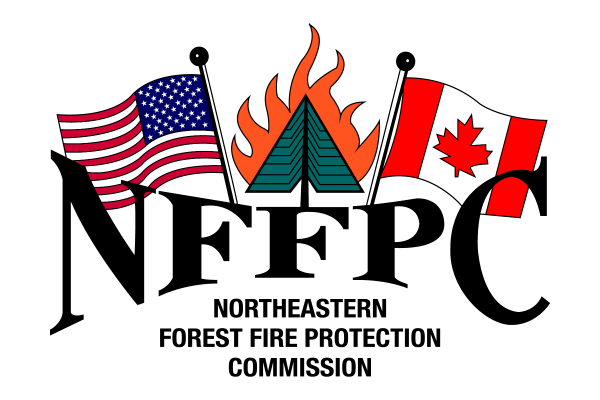The mandate of the Northeastern Forest Fire Protection Commission (NFFPC) is to provide the means for its member states and provinces to cope with fires that might be beyond the capabilities of a single member through information, technology and resource sharing (mutual aid) activities.
Participating members will:
- provide mutual aid among members and establish procedures to facilitate this aid;
- support the development of integrated forest fire plans and the maintenance of appropriate forest fire fighting services by its members; and
- establish a central agency to coordinate the services needed by member states and provinces.







